Counter strafing in VALORANT is an essential technique to learn in order to improve. While the feature didn’t originate from VALORANT, it’s still something that’s necessary to have a grasp of, if you’re looking to climb the ranks.
Since FPS titles like VALORANT and CS:GO have a multitude of different gameplay mechanics that widen the skill gap, it’s important to get the basics down. Once you’ve gathered an understanding of how to implement certain mechanics, you can move on to the harder and more tactical elements of VALORANT.
Don’t forget that sometimes you’ll have an off day. Occasionally you’ll have to go back and practice the fundamentals, and counter-strafing is one of them. If I’m not hopping into a match immediately, I typically like to head to the range or deathmatch and practice the basics. Once you’ve got the fundamentals back up to scratch, you’ll perform well consistently.
Counter-Strafing is also an integral mechanic in other movement techniques. Learning counter-strafing can help you with the all-important jiggle peek.
How to counter strafe in VALORANT: step-by-step
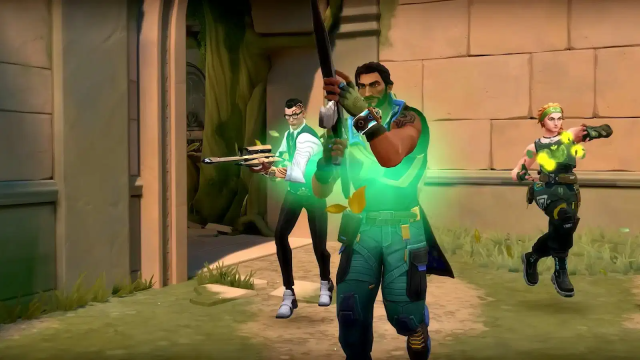
Counter-strafing occurs when a player moves in the opposite direction to which they were originally going. For example, I’m moving with my back against a wall in VALORANT and holding the D key. Letting go of D and pressing A to halt my movement entirely is counter-strafing. Essentially, it stops your velocity and allows you to recenter your accuracy faster.
If you didn’t press the A key, there’d be a period of time where you’d be inaccurate. While it’s an undeniably shorter period of inaccuracy when compared to CS:GO, it’s something you can still shorten. As a Counter-Strike die-hard, I had to drill this mechanic into my brain, as it’s a much more prominent feature.
If you’re looking to see exactly when you’re stopping in VALORANT, you’ll have to turn on a certain setting:
- Head into Settings
- Go to Crosshair Settings
- Scroll until you find “Movement error”
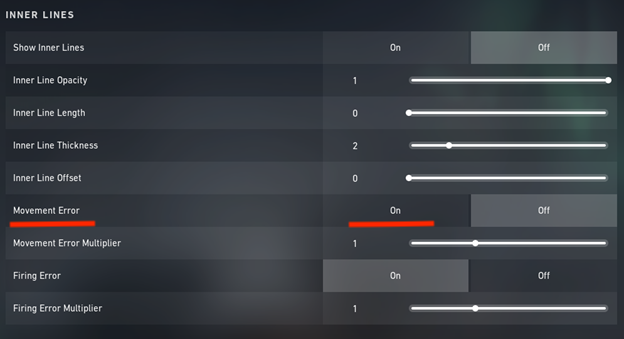
Once you’ve got movement error turned on, it’s time to go to the range.
1. Stand parallel to any clear wall
The beauty of movement error is that it can show when you’re not moving at all. So once your crosshair expands even slightly, you can determine that your feet aren’t planted firmly on the ground. The open wall provides an area where you can see your crosshair moving as you counter-strafe, without any interference. Don’t stand too far away, to begin with, but adjust as you see fit.
2. Practice moving left to right
By holding A for a second or two, then letting go of A and pressing D to compensate, you’ll be able to get a better understanding of the amount of time it takes to come to a full stop. Once your crosshair stops moving, you’re standing dead still.
3. Shoot one bullet as you initially press A and D
By shooting one bullet each time you counter-strafe, you’ll be able to see whether you’re doing the mechanic successfully. If your bullet lands in the same spot each time, you’re counter-strafing successfully. Make sure you’re trying to stop at the same point each time, otherwise, you’re making it near impossible to get the basics.
4. Shorten the distance
By reducing the time between counter-strafing, you’ll make yourself an incredibly hard target to hit. This is what’s known as jiggle peeking. This will hone your counter-strafing but don’t forget to mix up the distance to ensure you’ve got it down.
The next thing to do is to move on to the bots in the range. Try this mechanic on them, and with any luck, you’ll be getting easy kills.



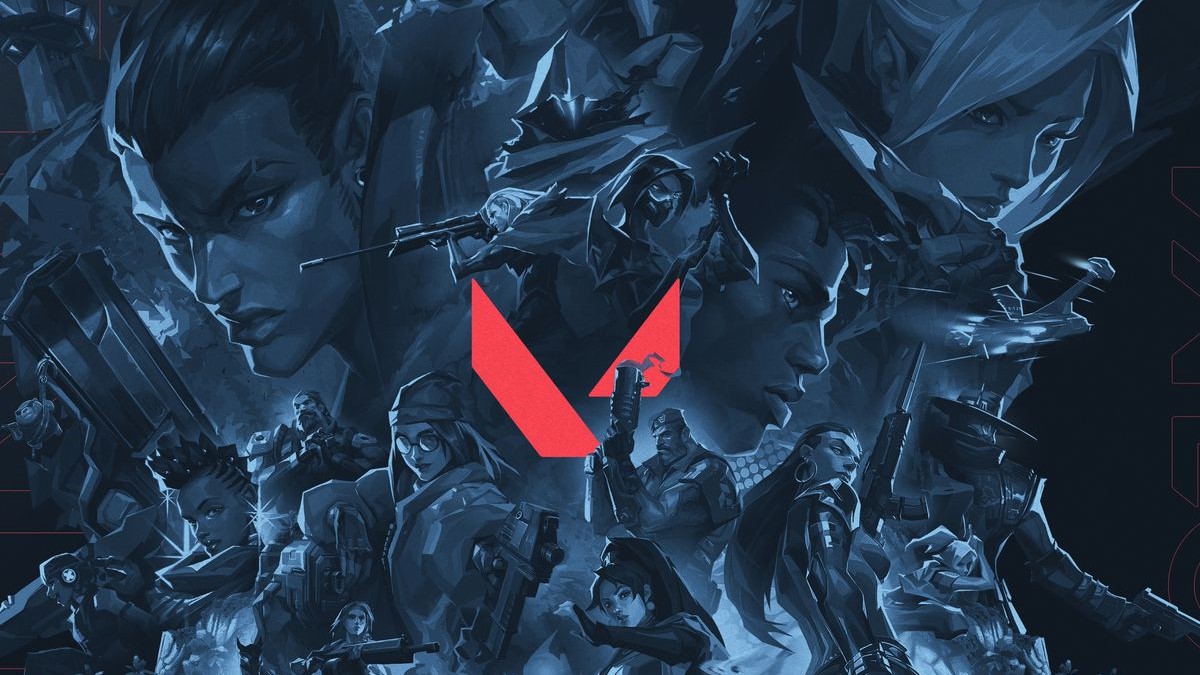
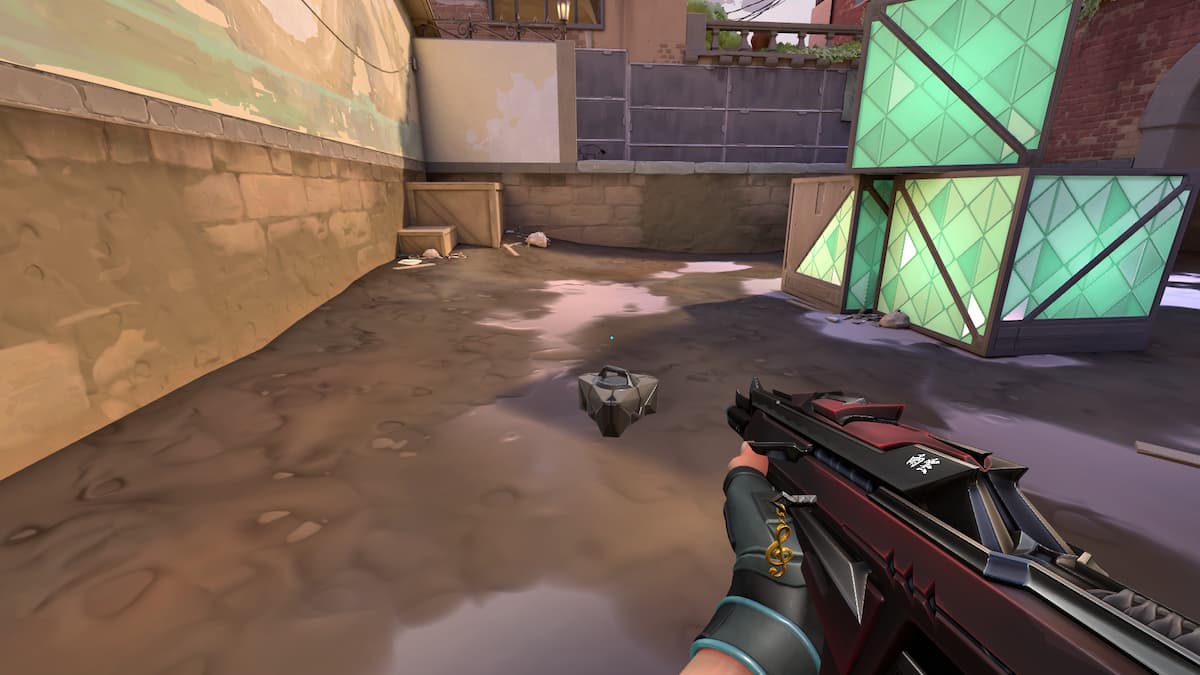

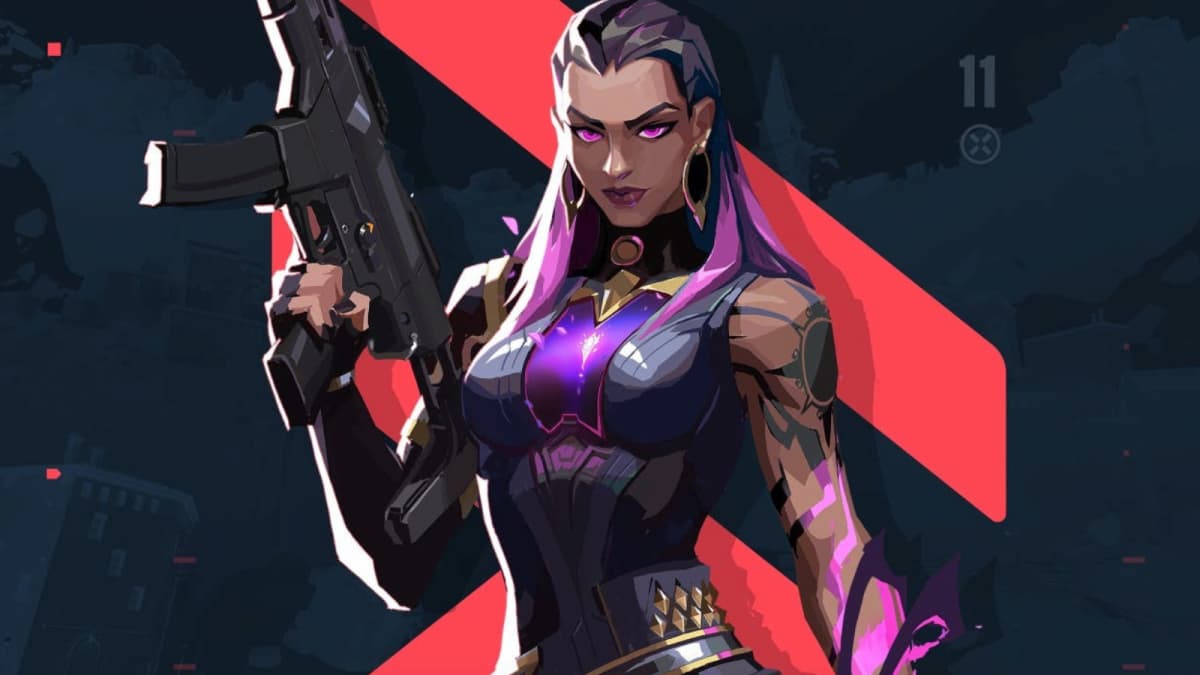


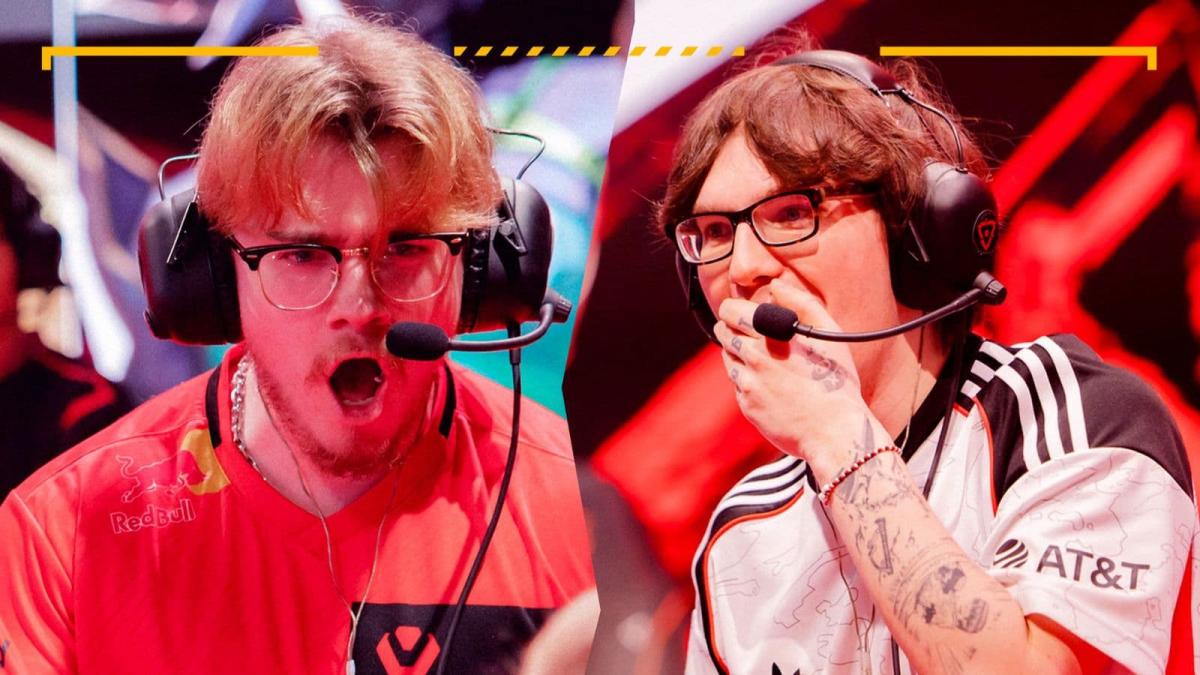




Published: Jul 3, 2023 07:47 pm